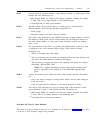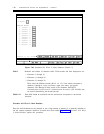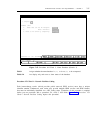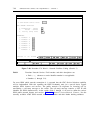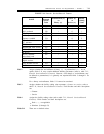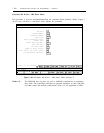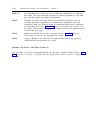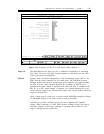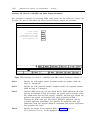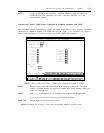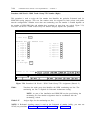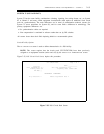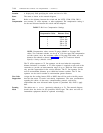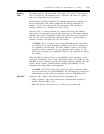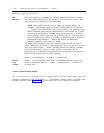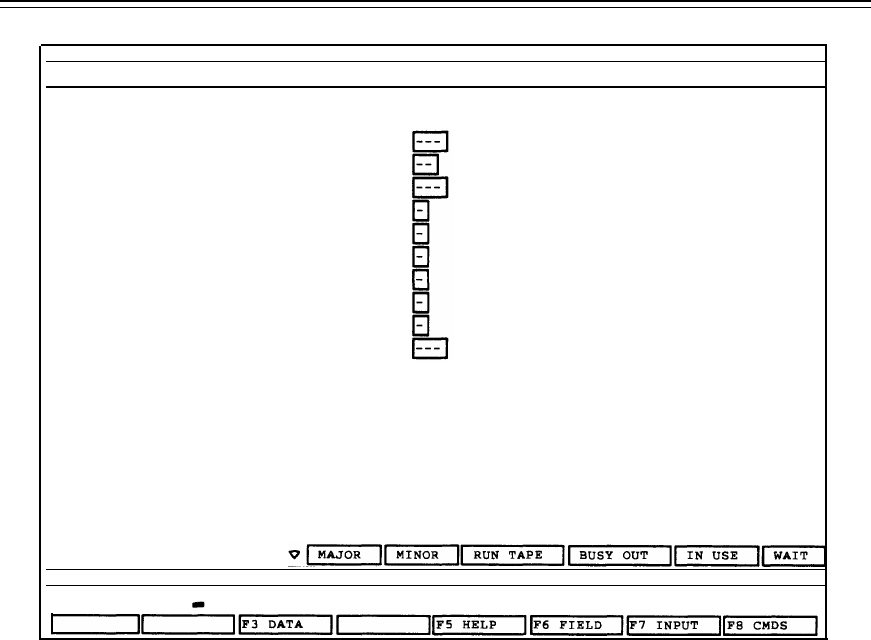
ADMINISTRATION OPTIONS AND REQUIREMENTS — GENERIC 2
7-103
ENHANCED MODE - PROCEDURE: 321, WORD: 1
AAR - ROUTE TABLES
1.
2.
3.
4.
5.
6.
7.
8.
9.
Pattern Number:
Preference Number:
Trunk Group:
Facility Restriction Level:
Warning Tone:
Off Net:
Number of Digits Deleted:
Digit Collect (DC) Signal Ignored:
0xxx Allowed:
10.
IXC ISDN Network Identifier:
Connected to CC0 ON-LINE
enter command:
Figure 7-51. Procedure 321 Word 1: AAR Route Tables (Generic 2)
Fields 1-9
The ISDN-PRI does not place any new or additional considerations or translating
these fields. The codes and digits translated depend on each AAR plan and other
switch and network considerations.
Field 10
Specifies either the number (designation) of the interexchange carrier (IXC) or the
ISDN Network Service Identifier for this trunk group. The IXC/ISDN network
identifier enables the switch to provide equal access capability by populating either
the NSF IE or the Transit Network Selection IE. If sending an NSF IE and a
particular IXC vendor number is specified in this field, that entry is included in the
NSF IE. If no IXC vendor number is specified, an is created automatically in the
Transit Network Selection IE. Permitted field entries may be any number within the
range of 0 through 999.
When a trunk group is routed over a private network ISDN-PRI transmission facility
(an IXC/ISDN network is not used), encode 0 must be translated.
Each network provider (of ISDN service) will have a different IXC identifier
number. When connecting to AT&T ISDN network facilities, encode 288 must be
translated. Numbers in the range 1 through 15 represent IXCs; numbers in the
range 16 through 999 are network IDs.



